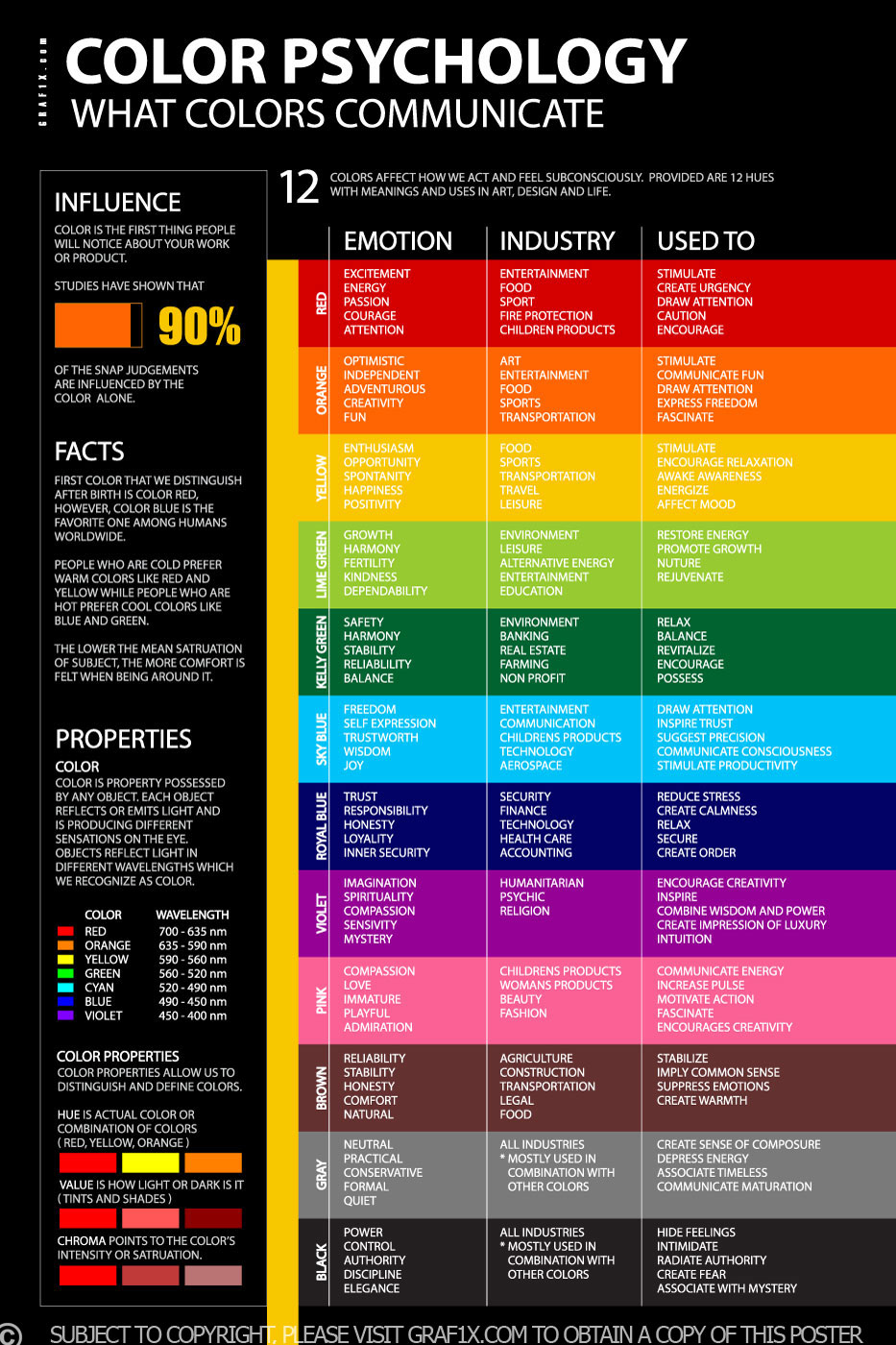I believe that to fully understand layout and composition within a background, I need to research the psychology behind it. With this mind, I have investigated many different theory's and principles relating to this. The research can be seen below:
Gestalt's Main Principles
This is a psychological theory that has been around for over 100 years. "Gestalt means "unified whole", so the theory explore users' visual perception of elements in relation to each other." <https://tubikstudio.com/psychology-in-design-principles-helping-to-understand-users/>
I found further research that showed Gestalt in animations.
 "Animation simply isn’t drawing slightly changing figures over and over again and flipping through them quickly—it’s the process of recording an image that goes through continuous motion and shape changes in order to portray the "illusion" of movement. This illusion—as seen in almost all motion pictures in general—is thought to rely on the phi phenomenon, a psychological belief that originated from the work of Max Wertheimer, the creator of Gestalt psychology. According to Gestalt psychology,
"Animation simply isn’t drawing slightly changing figures over and over again and flipping through them quickly—it’s the process of recording an image that goes through continuous motion and shape changes in order to portray the "illusion" of movement. This illusion—as seen in almost all motion pictures in general—is thought to rely on the phi phenomenon, a psychological belief that originated from the work of Max Wertheimer, the creator of Gestalt psychology. According to Gestalt psychology, the apparentGestalt psychologists developed a set of principles to explain the concept of perceptual organization—how our brains group smaller objects together to form larger ones." <http://zacharyespiritu.com/ArtOfAnimation/>movement' 'created by an ever-changing series of images happens because our minds automatically fill in missing information.
On top of this research I was able to find another website that had an excellent explainer video within it. <https://www.interaction-design.org/literature/topics/gestalt-principles>
Psychology of Colour

I found a great piece written by Kaitlin L. Brunick & James E. Cutting from Cornell University about the perception of colour in animations.
"Animated films present a unique set of challenges and questions to scholars examining films from a cognitive perspective. When the confines of the real world don’t exist as they do in live action films, the filmmaker is confronted with creating the entire narrative space from scratch (Buchan, 2011; Buchan, 2006). How do animators manage this seemingly enormous task? This question certainly predates film; creating space and life in visual art has been a subject of intense study by artists, historians, photographers, and psychologists alike. While the goal may be to create an extremely realistic visual space, the option given to visual artists and animators alike is to abandon tenets of realism in favor of an alternative perspective on the visual world. Animation alone can bring life to inanimate objects, defy laws of physics, and create visual effects impossible in live action film1 . Animation and color have coevolved since their respective inceptions. Color has been both a distinct challenge as well as a space for exploration for animators throughout animation’s history. Scientific discoveries regarding the perception of color also influenced its use in art and animation, making color an ideal target for further exploration in a cognitive context." <http://people.psych.cornell.edu/~jec7/pubs/ColoringKate.pdf>
Psychology of Composition
" Composition is discussed in other books about art and photography, but here we'll expand the usual definitions of this concept by taking a peek into its underlying psychological dimensions. The principles of composition evolved for a good reason: they address the human need for unity, order, and emotional expression. They activate the mind’s natural ability to make sense out of things by stimulating associations from everyday life, by encouraging us to ask, “What does this remind me of?” "<http://users.rider.edu/~suler/photopsy/toc_composition.htm>
Psychology of Perspective
Below is a summary of a text I have read and two known theories in Psychology.
"A lot of information reaches the eye, but much is lost by the time it reaches the brain (Gregory estimates about 90% is lost).
Therefore, the brain has to guess what a person sees based on past experiences. We actively construct our perception of reality.
Richard Gregory proposed that perception involves a lot of hypothesis testing to make sense of the information presented to the sense organs.
Our perceptions of the world are hypotheses based on past experiences and stored information.
Sensory receptors receive information from the environment, which is then combined with previously stored information about the world which we have built up as a result of experience.
The formation of incorrect hypotheses will lead to errors of perception (e.g. visual illusions like the Necker cube)."
"Bottom-up processing is also known as data-driven processing, because perception begins with the stimulus itself. Processing is carried out in one direction from the retina to the visual cortex, with each successive stage in the visual pathway carrying out ever more complex analysis of the input.
Top-down processing refers to the use of contextual information in pattern recognition. For example, understanding difficult handwriting is easier when reading complete sentences than when reading single and isolated words. This is because the meaning of the surrounding words provide a context to aid understanding." <https://www.simplypsychology.org/perception-theories.html>


No comments:
Post a Comment